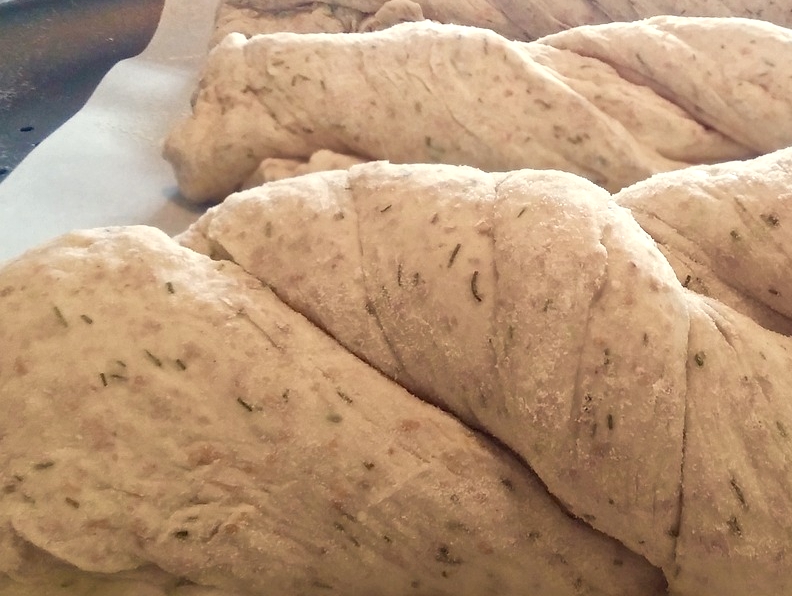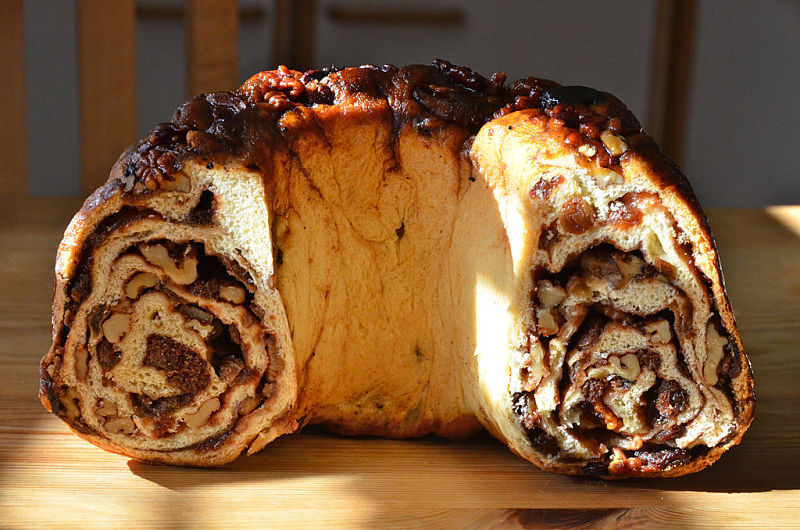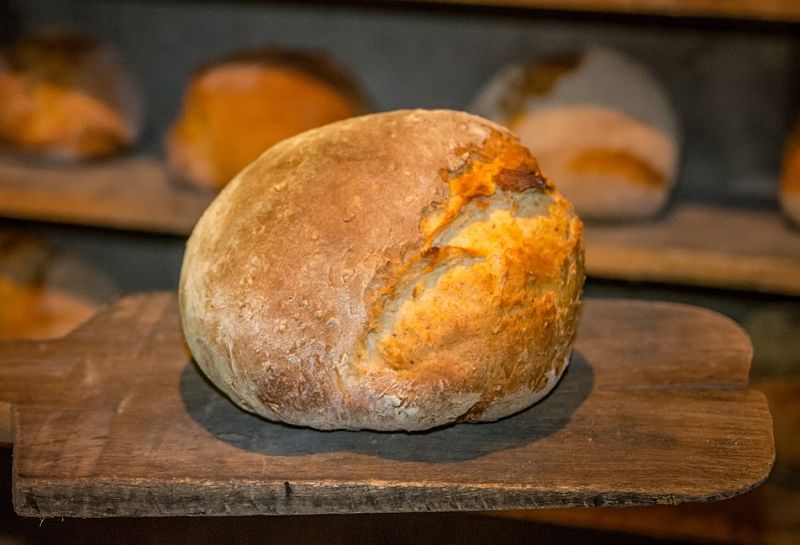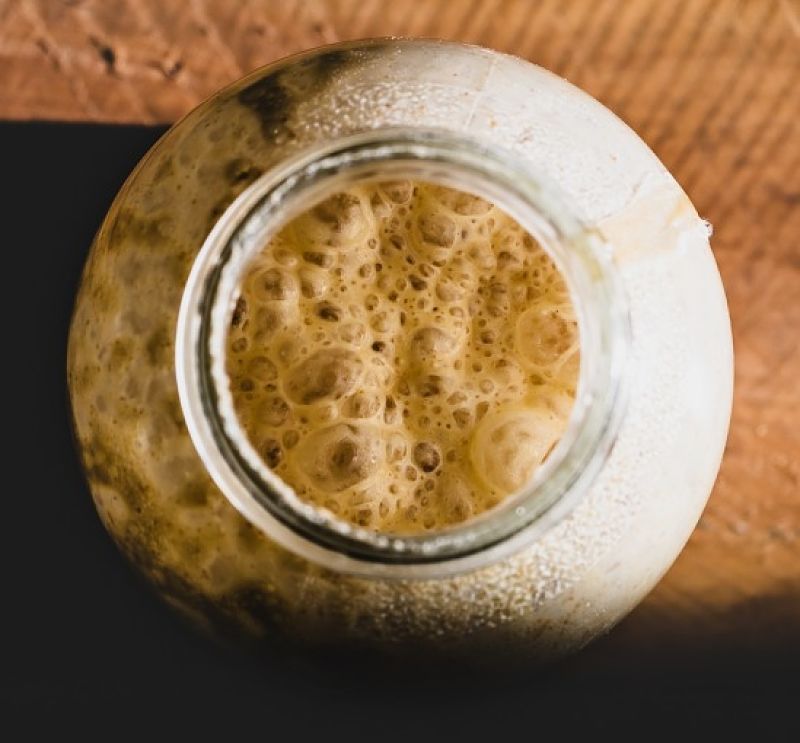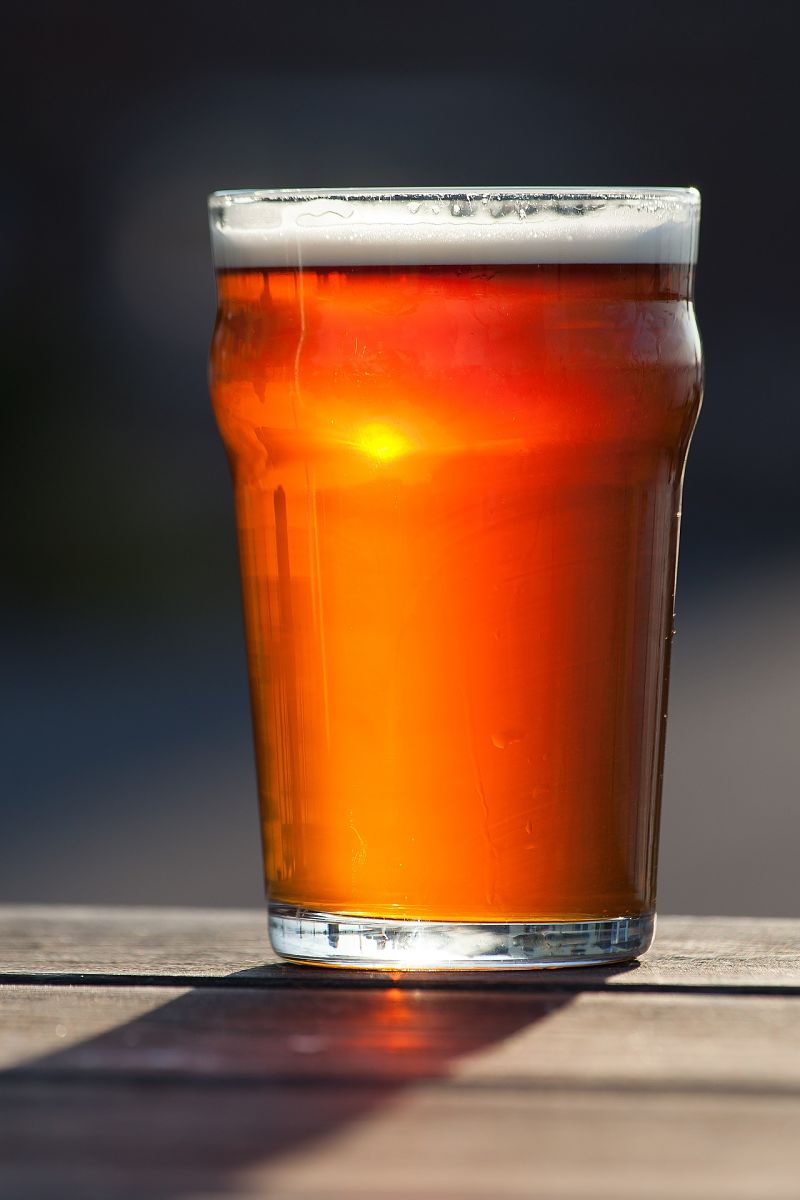Q&A: The Humble Yeast - Friend or Foe?
This article was inspired by my teenage son who wanted to bake bread - genuine bread made with yeast. After a few loaves we moved on to Sourdough. I showed him how to start from the beginning - leaving skim milk outside to collect the native yeast, along with a number of 'bad guy' organisms. The process then involved adding a wet dough mixture, taking a sample adding it to another mixture and gradually encouraging the yeasts to dominate and eliminate the bad guys. The end result is what the Tassajara Bread Book described as 'Heavenly', wonderful bread with a lot of character. My son who loves to make Sourdough bread.
Yeast are everywhere and have a major association with humans, especially food, beer and wines. They also cause of a number of diseases and ailments, especially the dreaded Candida infections. Candidiasis is caused by the yeast-like fungus Candida albicans.
In addition to being the causative agent in vaginal yeast infections, Candida is also a cause of diaper rash and thrush of the mouth and throat.
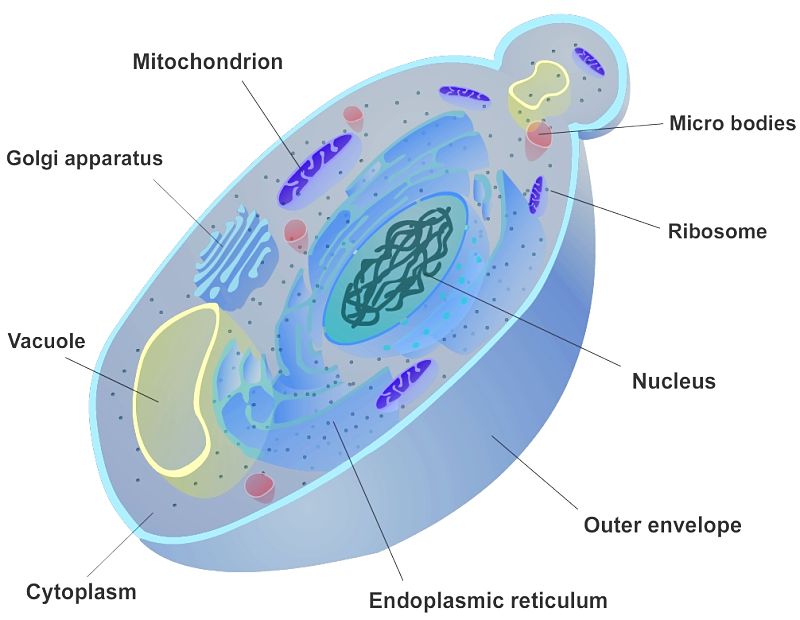
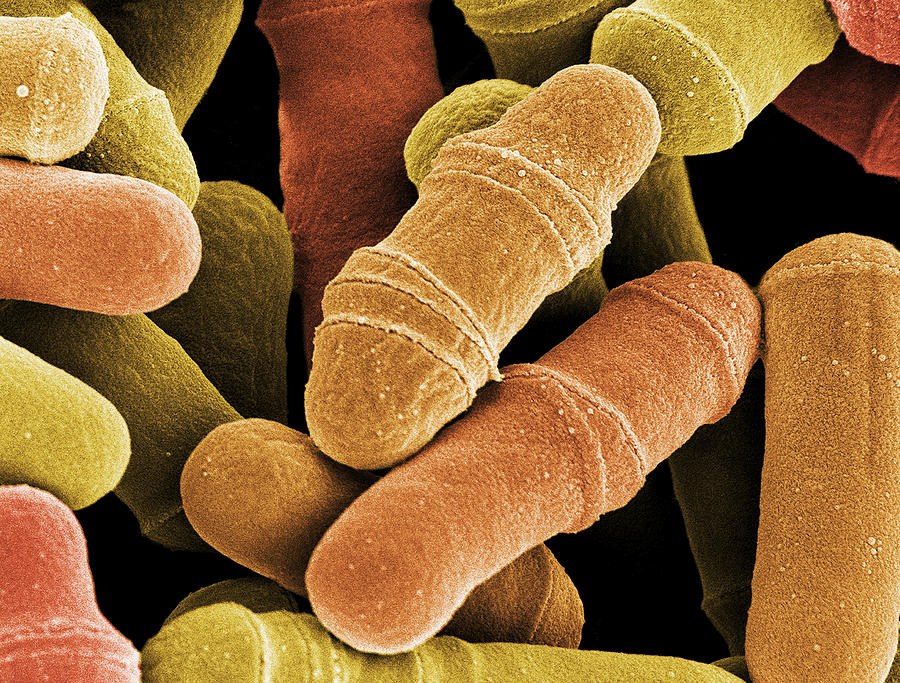
Yeast - Friend or Foe for Humans?
So the Humble Yeast - Is it a Friend or Foe?
The story begins with Fermentation - Nature's Preservative
The deliberate fermentation of perishable foods for preservation began thousands of years ago. There is evidence that the Babylonians ate fermented foods 7,000 years ago. It has been suggested that our ancestors possibly discovered fermentation accidentally and continued to use the process because it preserved food so that it was safe to eat. Fermentation not only preserved the food but also made it more digestible and provided unique flavours. The nutritional value produced by fermenting is another benefit of fermenting.
Fermentation is the controlled decay of material using special bacteria and yeast which results in a more desirable product that is preserved. Technically, fermentation is the biochemical conversion of sugars, starches, or carbohydrates, into alcohol, and organic acids, by bacteria, yeast and enzymes. The foods are converted into more digestible and nutritional material.
Fermentation is still widely used today despite the availability of refrigeration. Fermented foods include: bread, beer, wine, cheese, yoghurt, Fish sauce, soy sauce, Pickles, Post-fermented tea, Vinegar, Sauerkraut, Sour Cream.
The major benefit of fermentation is that the waste products such as alcohol and acids, which inhibit the development of undesirable microbes which would 'spoil' the food. Some fermenting processes lower the pH of foods preventing harmful microorganisms from growing. Controlled fermentation encourages the growth of good bacteria which starves, or fights off, the bad undesirable microbes. Fermenting enhances the flavors of some foods, such as with the extended fermentation of black teas, aged cheese, wine, and beer, soy and tomato sauce. This creates their distinctive flavours. Cocoa beans have to be fermented (composted) for a few days to remove the pods and to enhance the flavor of chocolate.
Fermenting makes foods more palatable by predigesting the foods for us. There are extreme examples of poisonous plants like cassava that are converted to edible products by fermenting.
Bread is raised by the process of fermentation. Yeast eat the sugar, creates carbon-dioxide gas doubling the amount of food, and produces alcohol that is burned off in baking.
The Humble Yeast
Yeasts are single-celled fungi that are related to the other more familiar fungi such as mushrooms, the moulds that help ripen blue cheese and the moulds that produce antibiotics for veterinary and medical use. The typical yeast cell is about the same size as a human red blood cell and is ellipsoidal to spherical in shape. Yeast reproduce vegetatively by budding, with buds growing from the side of the existing cell wall and separating as a new daughter cells.
There are many hundreds of species of yeast identified, but the most well known is bakers yeast - Saccharomyces cereviae. The scientific name means 'a mold which ferments the sugar in cereal to produce alcohol and carbon dioxide'. The important reaction is the conversion of simple sugars to ethyl alcohol and carbon dioxide.
Simple Sugar => Ethyl Alcohol + Carbon Dioxide
There are more than 600 known species of yeast. They are very widely distributed and occur everywhere in nature. They are found as part of the normal natural components of vegetation, soil, marine and other aqueous environments. They are very common on the outside and inside of the human body.
Benefits of Yeast
Yeast in Baking
The primary role of yeast in baking is to generate the carbon dioxide gas which generates bubbles in the dough during the proof period and during the first stages of baking, giving the bread a lighter and more palatable texture.
During the early proof stages the carbon dioxide generate goes into solution until the solution becomes saturated. The carbon dioxide then makes its way into the tiny nitrogen gas bubbles which grow in size and the expand the dough.
The more yeast and the warmer the temperature the faster the expansion. The oven spring (extra rising in the oven because the gas bubbles expand with temperature in the oven.
Yeast also contributes to dough maturity and development and gives the flavour of bread, and adds nutrients. Yeast extract is often taken as a vitamin supplement because it is 50 percent protein and is a rich source of B vitamins such as niacin, folic acid, riboflavin, and biotin.
Sourdough bread, is not made with baker's yeast, but the rising agent a generally a combination of wild yeast (often including Candida milleri) and a range acid-generating bacteria that give the bread its characteristic acid and savory yoghurt like tastes. It has been estimated that the ratio of wild yeast to bacteria in various renowned San Francisco sourdough cultures is about 1:100. The C. milleri acts to strengthen the gluten and the bacteria ferments the maltose. Every sourdough culture is unique and this is what makes this bread so interesting and appealing to devotees.
Brewing and Wine Making
Brewing is the process of producing of beer by mixing a source of starch (commonly malt and other cereal grains), hops and sugar in water, and then fermenting the brew with yeast. Brewing has been conducted since 6000 BC, and archeological evidence suggests that brewing was practised in ancient Egypt.
Traditional brewing of beer involves the brewers year, Saccharomyces carlsbergensis, that was named after the Carlsberg Brewery in Copenhagen. The yeast was first isolated in pure culture by Dr. Emil Christian Hansen in 1883, is still used for producing several types of beers including lagers. S. carlsbergensis is used for bottom fermentation of the beer. S. cerevisiae (bakers yeast) is used for making ales through top fermentation, where the yeast rise to the surface of the brewing vessel. In modern brewing S. cerevisiae is mostly used with several strains adapted for bottom fermentation.
The history of wine extends for thousands of years and has been practiced by many cultures through the world. The earliest evidence of wine production is in sites in Iran and Georgia, dating from as early as 6000 to 5000 BC. Evidence for the domestication of grapevine in Sumer and Egypt dates from 3000 BC and for wine in China at about the same time. Evidence of the earliest European wine production is in Macedonia, dated to 6,500 years ago.
The crushed grapes are fermented by commercial yeast cultures or naturally occurring yeast. Many wineries still use the natural strains of yeast that grow on the ripening grapes. This process has been used for thousands of years. The bubbles in sparkling wines are formed by carbon dioxide, produced by the yeast fermenting sugars in the grape juice. The sulfur dioxide is added to commercially produced wine just after the grapes are crushed to kill the naturally occurring bacteria, mould, and yeast, prior to adding the cultured variety.
Other Uses of Yeast
Brewer's yeast is often used as a source of B-complex vitamins, chromium, and selenium. The B-complex vitamins in brewer's yeast include B2 (riboflavin), B3 (niacin), B1 (thiamine), B5 (pantothenic acid), B9 (folic acid), B6 (pyridoxine), and B7 (biotin). These vitamins help break down carbohydrates, fats, and proteins, provide the body with energy and support the nervous system.
Australia's Renowned Vegemite
Vegemite is made from and extract of used brewers' yeast, a by-product of beer manufacturing, and various spice and vegetable additives. It is jet-black, slightly bitter, salty and has a malty taste - similar to beef bouillon, but with a milder flavour than the British 'Marmite'. The texture is smooth and sticky, similar to smooth peanut butter. During World War ll, Australian troops depended on Vegemite as a beneficial and healthy taste of home. Australian Backpackers and tourists often carry it overseas, as it is not available apart from Australia. Doctors began to recommend Vegemite as a convenient source of vitamin B when in 1939 the British Medical Association approved it.
Vegemite was developed 1922 by the Fred Walker Company, which later became Kraft Foods Limited. The company hired a young budding chemist who was asked to develop a vegetable spread from waste brewers yeast, which was readily available and is one of the richest known natural sources of the vitamin B group.
Following months of laboratory tests, Dr. Cyril P Callister, who went on to became Australia’s leading food technologist in the 1920s and 30s developed a tasty, black spreadable paste. It was described as "Delicious on sandwiches and toast, and improves the flavour of soups, stews and gravies".
However, it took 14 long years of perseverance from Walker before Vegemite finally gained recognition and acceptance by the Australian people. It is definitely an acquired taste for non-Australians who describe its appearance as resembling axle grease and find the taste disgusting.
The famous Vegemite jingle which is know by most Australians dates from 1954, was sung by two girls. It has been revised several times so is known by several generations.
Bad Effects of Yeasts
Yeast are widely dispersed in all natural habitats.
Yeast cells are common on vegetation, soil and both fresh and saline water and habitats. Yeast have a major role in compost heaps and help break down organic waste.
Yeast are also commonly found on the outer surface of the skin of human and other warm-blooded animals.
They also occur in the intestinal tract, where they may function symbiotically or as parasites.
The widespread affliction of "yeast infection", commonly referred to as Candidiasis is initiated by the yeast-like fungus Candida albicans. It is the cause of vaginal yeast infections. Candida is also the major cause of diaper rash and 'thrush' infections of the throat and mouth. Candida is a common natural inhabitant in humans and generally causes no problems, but can flare up as infections.
Candidiasis of the mucous membranes of the mouth is commonly known as 'thrush'. Candidiasis of the vagina is called 'vaginitis' or 'thrush'. These infection are difficult to treat and can be recurrent.
So What is the Verdict? Yeast Friend or Foe?
► Yeast are overwhelmingly acclaimed as a FRIEND of humans.
► We couldn't live without them and would not want to be without most of them.
► How could we do without leavened bread and wine?
What do you think?
